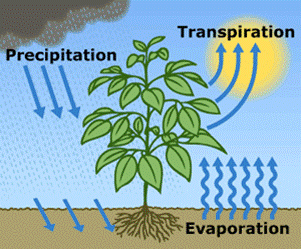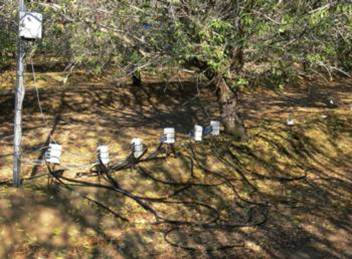HUATUI
-
Welcome to our stand A110 CIAAF
-
Welcome to our stand W1.94 2025 CICEE
-
Welcome to our stand E1-A34 Yiwu Auto & Motorcycle Parts Expo 2025
-
Warmly celebrate the thoroughly successful ending of the 2025 China Hangzhou International Automobile and Motorcycle Parts Industry Expo
-
Welcome to our stand H7-R22 CAPAFAIR Hangzhou 2025
-
Welcome To Our Stand 9 E3617, BICES
-
Welcome to MIMS Automobility Moscow!
-
New Arrival ! Temperature Sensor For Caterpillar
-
New Arrival ! Fuel Water Level Sensor For Caterpillar
-
New Arrival ! Engine speed sensor For Caterpillar
-
New Arrival ! Crankshaft Postion Sensor For Detroit Diesel
-
New Arrival ! Solenoid Valve For Caterpillar
-
New Arrival ! Fuel Transfer Pump For Komatsu
-
New Arrival ! Solenoid Valve For Caterpillar
-
New Arrival ! Postion Sensor For Caterpillar
-
New Arrival ! Temperature Sensor For Caterpillar
-
New Arrival ! Solenoid Valve For Caterpillar--KEYOPO
-
New Arrival ! Speed Sensor For Caterpillar--KEYOPO
-
New Arrival ! Pressure Sensor For Caterpillar--KEYOPO
-
New Arrival ! Pressure Sensor For Caterpillar--KEYOPO
-
New Arrival ! Postion Sensor For Komatsu--KEYOPO
-
New Arrival ! Postion Sensor For Komatsu--KEYOPO
-
New Arrival ! Postion Sensor For Caterpillar--KEYOPO
-
Welcome to the Automechanika!
-
New Arrival ! Temperature Sensor For Caterpillar--KEYOPO
-
Welcome To Our Stand , Automechanika Shanghai
-
Happy New Year!
-
Do you want to know more about our product? Come and contact us!!
-
New Arrival ! Solenoid Valve For Caterpillar--KEYOPO
-
New Arrival ! Solenoid Valve For Caterpillar--KEYOPO
-
New Arrival ! Solenoid Valve For Komatsu--KEYOPO
-
New Arrival ! Solenoid Valve For BWM--KEYOPO
-
New Arrival ! Sensor For Komatsu--ROHOPE
-
Happy New Year!
-
New Arrival ! Solenoid Valve For Komatsu--KEYOPO
-
KEYOPO/RPHOPE Wish you a Merry Christmas!
-
Engine Starter Repair: How To Replace The Starter Solenoid
-
Common Bad Speed Sensor Symptoms
-
New Arrival ! Solenoid Valve For Caterpillar--KEYOPO
-
Advantages Of Solenoid Valves——KEYOPO
A: A number of factors need to be examined.The local climate is one of the main factors that influences how much water is needed to maintain good plant growth. The plant water requirement includes the water lost by evaporation into the atmosphere from the soil and soil surface, and by transpiration, which is the amount of water used by the plant. The combination of these is evapotranspiration (ET).
ETo stands for reference evapotranspiration, which is the maximum average rate of water use for plants in a given climate. Reference evapotranspiration is multiplied by a crop coefficient to obtain the ET rate for a specific plant or turf.

The soil type on the project site is a
factor in determining how fast and how often water can be applied to the plant
material.
Soil absorbs and holds water in much the same way as a sponge. A given texture
and volume of soil will hold a given amount of moisture. The intake rate of the
soil will
influence the precipitation rate and type of sprinkler that can be utilized.
The ability of soil to hold moisture, and the amount of moisture it can hold,
will greatly affect the irrigation operational schedule. Soil is made up of
sand, silt and clay particles. The percentage of each of these three particles
is what determines the actual soil texture. Because the percentage of any one
of these three particles can differ, there is virtually an unlimited number of
soil types possible.

The lists the general characteristics of the three main soil types.
One of the most significant differences between different soil types is the way in which they absorb and hold water.
Capillary action is the primary force in spreading water horizontally through the soil. Both gravity and capillary action influence vertical movement of water.
In coarser soils, water is more likely to be absorbed vertically, but will not spread very far horizontally. The opposite is true for finer soils.




Copy right © 2017 HUATUI GROUP







